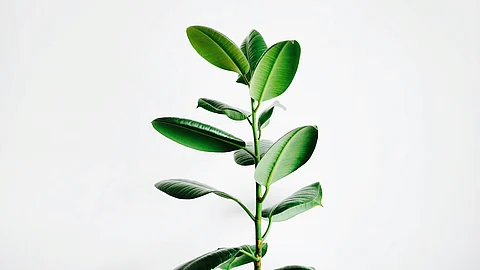To unravel this the scientists placed the recording apparatus with two microphones to capture these vibrations created by plants. By using machine learning models they could tell the difference between normal plants, plants under stress of cuts, and droughts, just by listening to their sounds. Using machine learning models that could tell them about their environment we could tell the difference between plants that were stressed from drought, cut, or healthy ones, just by listening to their sounds.
This suggests that studying plant sounds could help them understand more about how plants interact with their environment and evolve. It could also be useful for monitoring plant health in farming. This research study has opened new doors in the field of agriculture. In the future, it is expected to be very helpful in increasing crop yield and understanding the various physiological conditions of plants.
References:
DOI: https://doi.org/10.1016/j.cell.2023.03.009
(Input from various resources)
(Rehash/Akashita Panjla/MSM)


